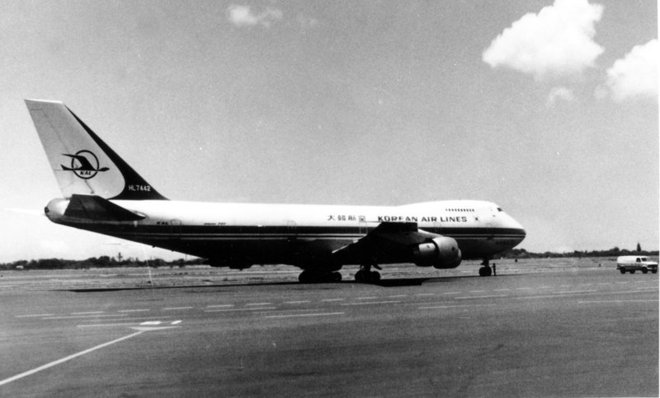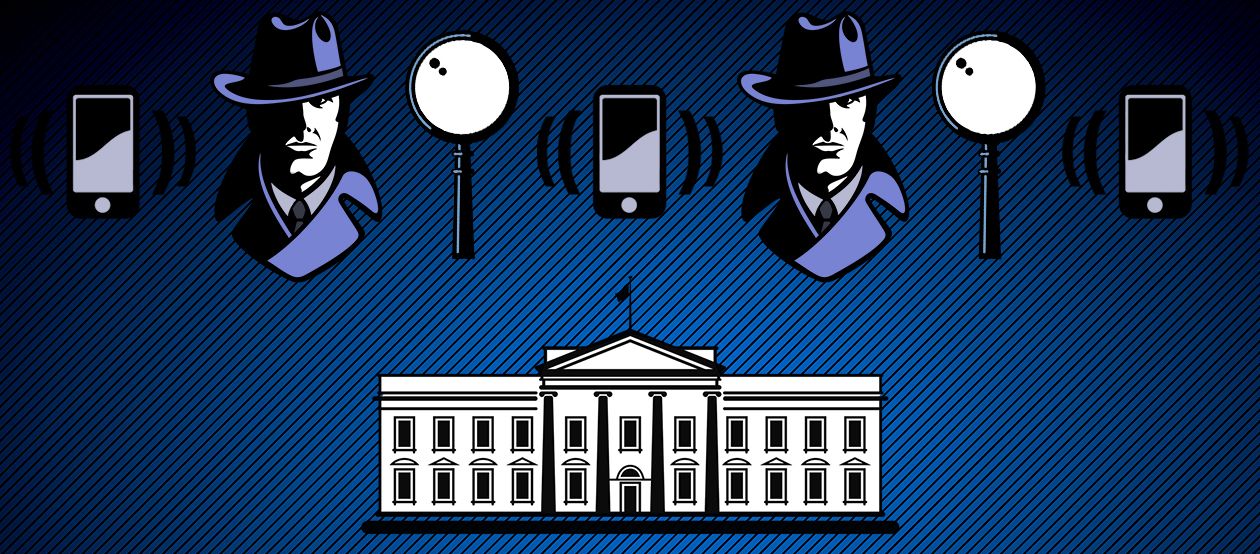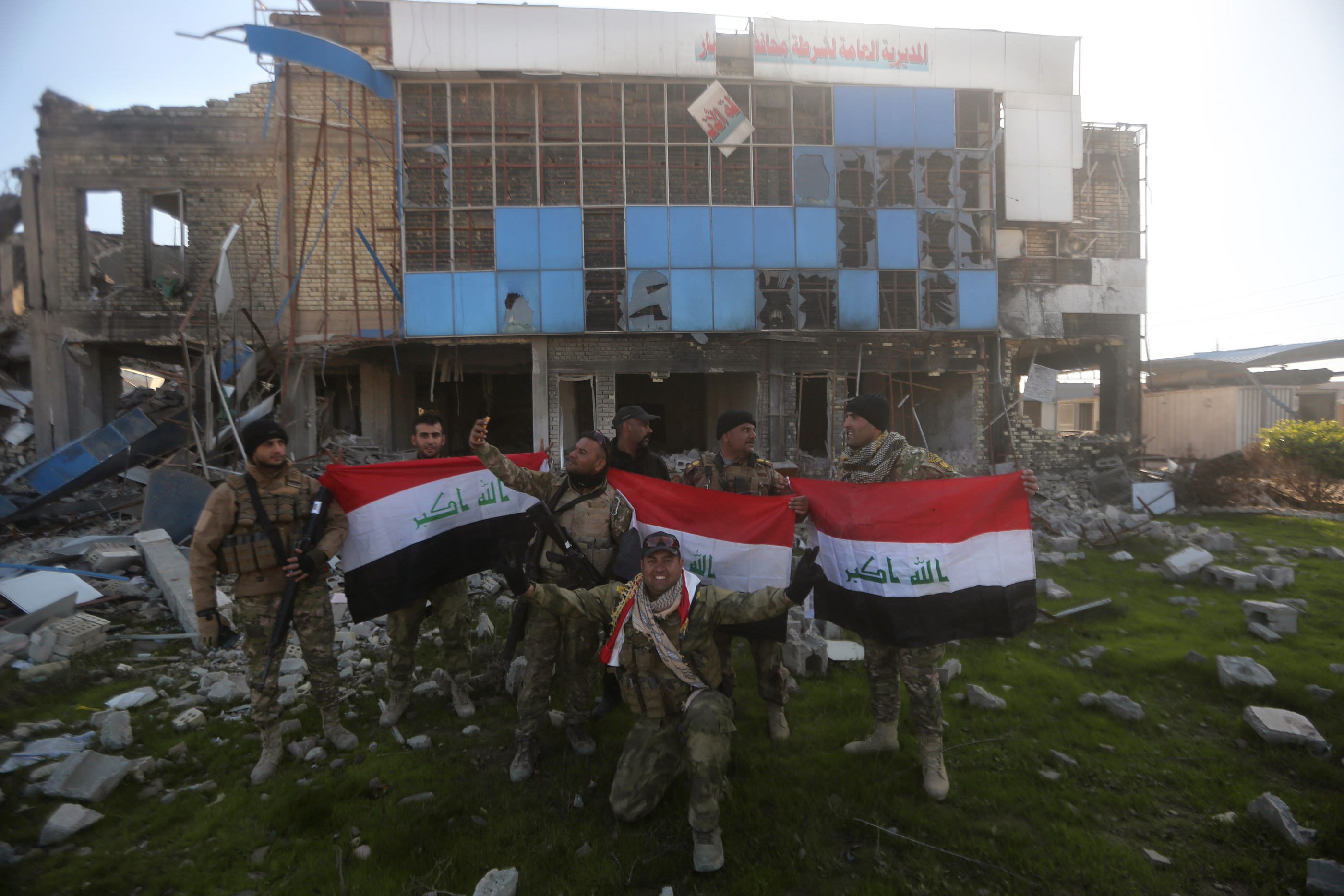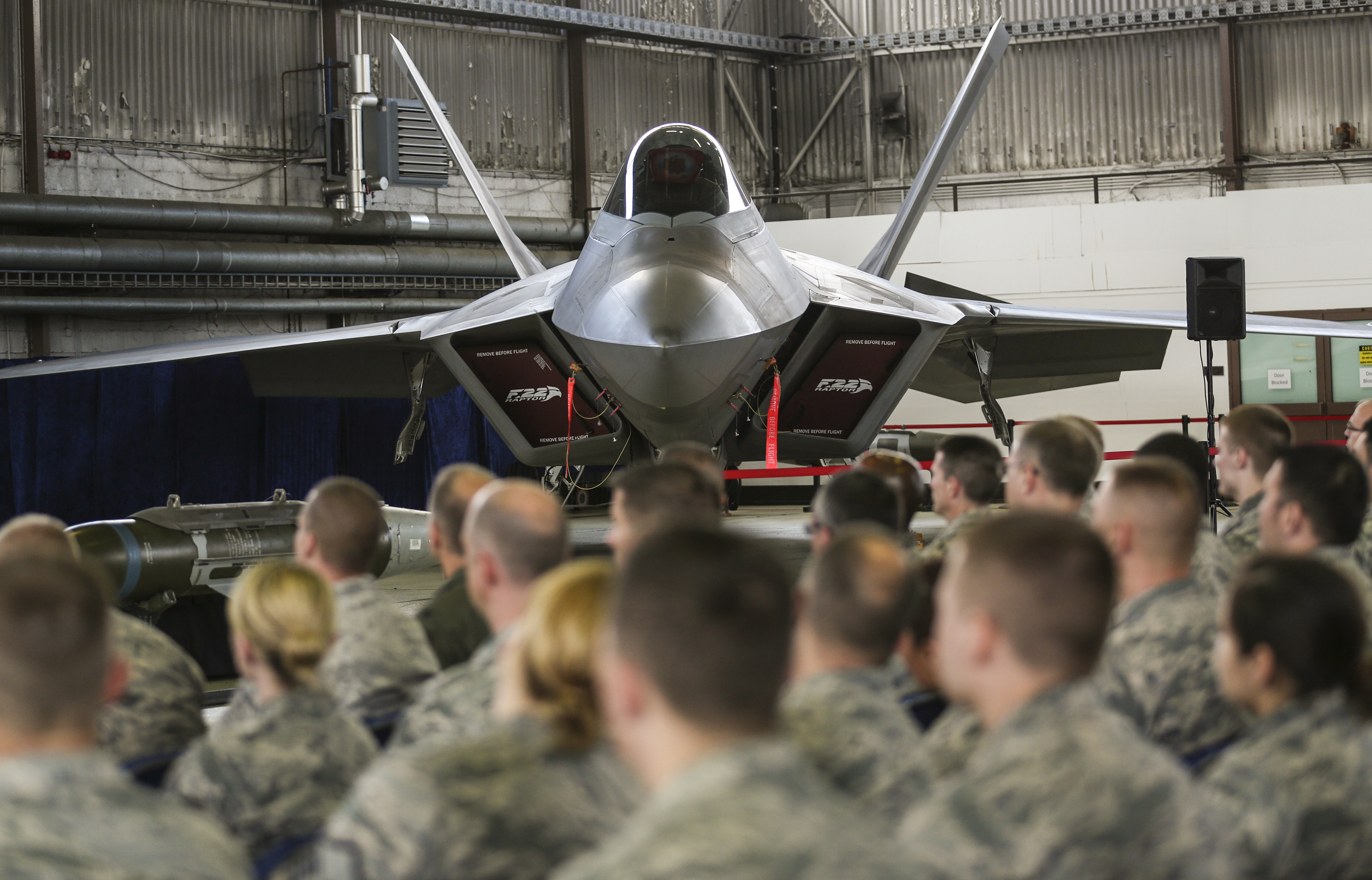Here's the last time Russia shot down a passenger plane
The U.S. lied about it


It's impossible to observe the world react to the downing of Malaysian Airlines Flight 17 over Ukraine without thinking of the day the Russians shot down Korean Air Lines Flight 007 over the Sahakin Islands on Sept., 1, 1983. Then, as now, the area was saturated with intelligence sensors, and the two superpowers had a very good idea about what exactly had happened within hours. But the battle to gain geopolitical leverage from the tragedy poisoned the public's understanding.
But thanks to the signals intelligence collected by the actual RC-135 surveillance plane that the Russian fighter pilot thought he was aiming at the United States knew almost immediately that he had shot down the plane by accident. The passenger plane had flown, probably accidentally, on a magnetic heading of 246 degrees soon after leaving Anchorage, Alaska, and its pilots assumed that another navigation system was in control, having failed to link the plane's compass heading to its instrument navigation system (INS).
The Americans had expected the Soviets to test a new missile later that day, a missile that was supposed to land somewhere in the vicinity of the Petropavlosk Navy Base, where dozens of nuclear subs were stationed. KAL 007's 246-degree heading put it on a direct course to that sensitive area. So when the Soviets saw a target of interest heading to that area, they naturally scrambled a response, assuming that the plane, if it was an RC-135, would stay outside the roughly 20 km prohibited zone that marked the boundary of Russian territory. But the plane did not stop. It flew through, and then, on the same heading, soon found itself in international waters again.
The Week
Escape your echo chamber. Get the facts behind the news, plus analysis from multiple perspectives.

Sign up for The Week's Free Newsletters
From our morning news briefing to a weekly Good News Newsletter, get the best of The Week delivered directly to your inbox.
From our morning news briefing to a weekly Good News Newsletter, get the best of The Week delivered directly to your inbox.
The Russians watched the plane approach, and then fly through, a second swath of Soviet territory. The Su-15 pilot, Gennadie Osipovich, part of a fighter wing based at Dolinsk-Sokol, tried to contact the plane on the international distress frequency. The Korean pilots probably did not hear his pleas; they had no reason to think that they were in any danger based on where they thought they were.
Osipovich was under pressure from his ground commander not to let the plane leave Russian territory a second time. Even still, he showed significant restraint, not wanting to fire until he had a positive identification on the aircraft. Why? He knew the stakes: Shooting down an American spy plane could lead to real war.
His location in three-dimensional space did not afford enough of a visual of the plane to identify it as a passenger liner. From below, the two jets looked identical. And on the radio, he never betrayed any awareness that the plane was not, in fact, an RC-135 identified earlier.
From 1985, here is Murray Sayle's excellent description of what happened next:
A free daily email with the biggest news stories of the day – and the best features from TheWeek.com
At this point the fighter must have been behind and below KE007, the normal attack position. He would see only a dim black shape, with no ready way of estimating its size, and the red and white lights the aircraft was showing astern. All the cabin lights would have been dimmed and the blinds drawn, at this stage in the flight, so that the passengers could sleep past sunrise. The fighter several times reported the "target's" course as 240 degrees, a reasonable approximation for the few seconds at the fighter pilot's disposal.
While the Soviet fighter was astern of him, KE007 called Tokyo Air Traffic Control, asked for and was given permission for a "step-climb," normal at the end of a long flight when the aircraft has burned off most of its fuel and can fly both higher and faster. A few seconds later the fighter, evidently on instructions from the ground, reports, "I have broken off lock-on. I am firing cannon bursts." The fighter was clearly making a hasty attempt at the Soviet interception procedure-wing waggling, firing tracer bullets, and calling on the emergency frequency — with no sign of response.
The fighter saw but misinterpreted KE007's step-climb, reporting, according to the air-to-ground transcripts: "The target is decreasing speed. I am going around it. I am already in front of the target." This is evidently some sort of maneuver intended to attract "the target's" attention, but it is brief. Twenty-four seconds later the fighter tells his ground controller: "It should have been earlier. How can I chase it, I am already abeam of the target [meaning that the fighter is flying alongside KE007, level with the airliner's wing-tip light, and all but invisible from the 747's cockpit]. Now I have to fall back a bit."
At 1823 GMT some sort of order comes from the ground controller, which the fighter pilot wants repeated: "Say again," the transcript reads. We can easily deduce what the order was, because he then reports: "I am dropping back. Now I will try rockets." And, a few seconds later, "Roger. I am in lock-on."
The transcripts, which come from both Japanese and American sources, clearly show that some sort of interception was attempted. They also show that the attempt lasted three minutes and thirty-two seconds, which includes the time taken to break the lock-on, approach KE007, make whatever signals were attempted, fall back, and lock on again. The fighter cannot have been in the vicinity of the airliner for more than a minute, at which exact time, by an evil chance, the crew was busy with a routine message to Tokyo, and the copilot (on the side of the aircraft that the fighter approached) would have had his map light on to see the knobs and switches of his radio.
A minute later, the fighter tells his ground controller, "I am closing on the target, I am in lock-on. Distance to target is eight kilometers." And then, "I have executed the launch. The target is destroyed." [The New York Review of Books]
That day, at least five American RC-135 orbits were planned to monitor the Soviet's missile tests. The Soviets were, naturally, on alert for RC-135s, and they saw what they expected to see. Russian air defense pilots would have been briefed. Indeed, one of them was within about 30 miles of the Korean plane at the time of the shooting.
According to the NSA's own still largely classified history, it recorded the air-to-ground conversations of the pilots and then transmitted them to NSA LADYLOVE, the satellite intercept station in Misawa, Japan. CRITIC cables containing verbatim transcripts were at the National Security Council within hours.
One of the sentries on board the RC-135 told a colleague later that when the Su-15 fired, he thought the RC-135 was the target. His fallback theory: The Soviets must have been conducting an unusually elaborate air defense drill.
Much of the NSA history is redacted, but even the agency admits that "no one in the intelligence community had any reason to suspect that a commercial airliner was the object of all that attention."
In fact, in the commotion after the shoot-down, the NSA was convinced for a brief moment that the Soviets had actually shot down an RC-135. You won't see this in any unclassified history, but I have confirmed this from two former NSA officials I interviewed for an upcoming book on an unrelated subject. An urgent cable from NSA in Fort Meade to Misawa asked for confirmation that all of the RC-135s were accounted for.
Some particularly paranoid Russians, like the chief of its general staff, Marshal Nikolai Ogarchov, insisted for days the passenger plane was a false flag job, that the Americans had painted an RC-135 to look like a regular 747 or had somehow spoofed Soviet radar. Since Ogarchov would not allow for any sort of accidental shoot-down, the Reagan administration easily called his bluff: hey, even the Soviet's most storied general is admitting that they did it on purpose. And, of course, the world knows that the Korean Air Lines plane was real.
When Ronald Reagan later told Americans that "our RC-135 that I mentioned earlier had been back at its base in Alaska," he was lying by omission. There was another RC-135 in the air.
And when Reagan said, "Make no mistake ... this was the Soviet Union against the world and the moral precepts which guide human relations among people everywhere. It was an act of barbarism," to say that he was not properly characterizing the story would be an understatement. Reagan's national security team saw the chance to make a point about Soviet aggression at a very critical juncture in the Cold War — and they took it.
Marc Ambinder is TheWeek.com's editor-at-large. He is the author, with D.B. Grady, of The Command and Deep State: Inside the Government Secrecy Industry. Marc is also a contributing editor for The Atlantic and GQ. Formerly, he served as White House correspondent for National Journal, chief political consultant for CBS News, and politics editor at The Atlantic. Marc is a 2001 graduate of Harvard. He is married to Michael Park, a corporate strategy consultant, and lives in Los Angeles.
-
 US citizens are carrying passports amid ICE fears
US citizens are carrying passports amid ICE fearsThe Explainer ‘You do what you have to do to avoid problems,’ one person told The Guardian
-
 All roads to Ukraine-Russia peace run through Donetsk
All roads to Ukraine-Russia peace run through DonetskIN THE SPOTLIGHT Volodymyr Zelenskyy is floating a major concession on one of the thorniest issues in the complex negotiations between Ukraine and Russia
-
 Why is Trump killing off clean energy?
Why is Trump killing off clean energy?Today's Big Question The president halts offshore wind farm construction
-
 The recycling crisis
The recycling crisisThe Explainer Much of the stuff Americans think they are "recycling" now ends up in landfills and incinerators. Why?
-
 The L.A. teachers strike, explained
The L.A. teachers strike, explainedThe Explainer Everything you need to know about the education crisis roiling the Los Angeles Unified School District
-
 The NSA knew about cellphone surveillance around the White House 6 years ago
The NSA knew about cellphone surveillance around the White House 6 years agoThe Explainer Here's what they did about it
-
 America's homelessness crisis
America's homelessness crisisThe Explainer The number of homeless people in the U.S. is rising for the first time in years. What’s behind the increase?
-
 The truth about America's illegal immigrants
The truth about America's illegal immigrantsThe Explainer America's illegal immigration controversy, explained
-
 Chicago in crisis
Chicago in crisisThe Explainer The "City of the Big Shoulders" is buckling under the weight of major racial, political, and economic burdens. Here's everything you need to know.
-
 The bad news about ISIS's defeat in Ramadi
The bad news about ISIS's defeat in RamadiThe Explainer The contours of a broader sectarian war are coming into focus
-
 America can still destroy the world
America can still destroy the worldThe Explainer The decline of U.S. military power has been greatly exaggerated
